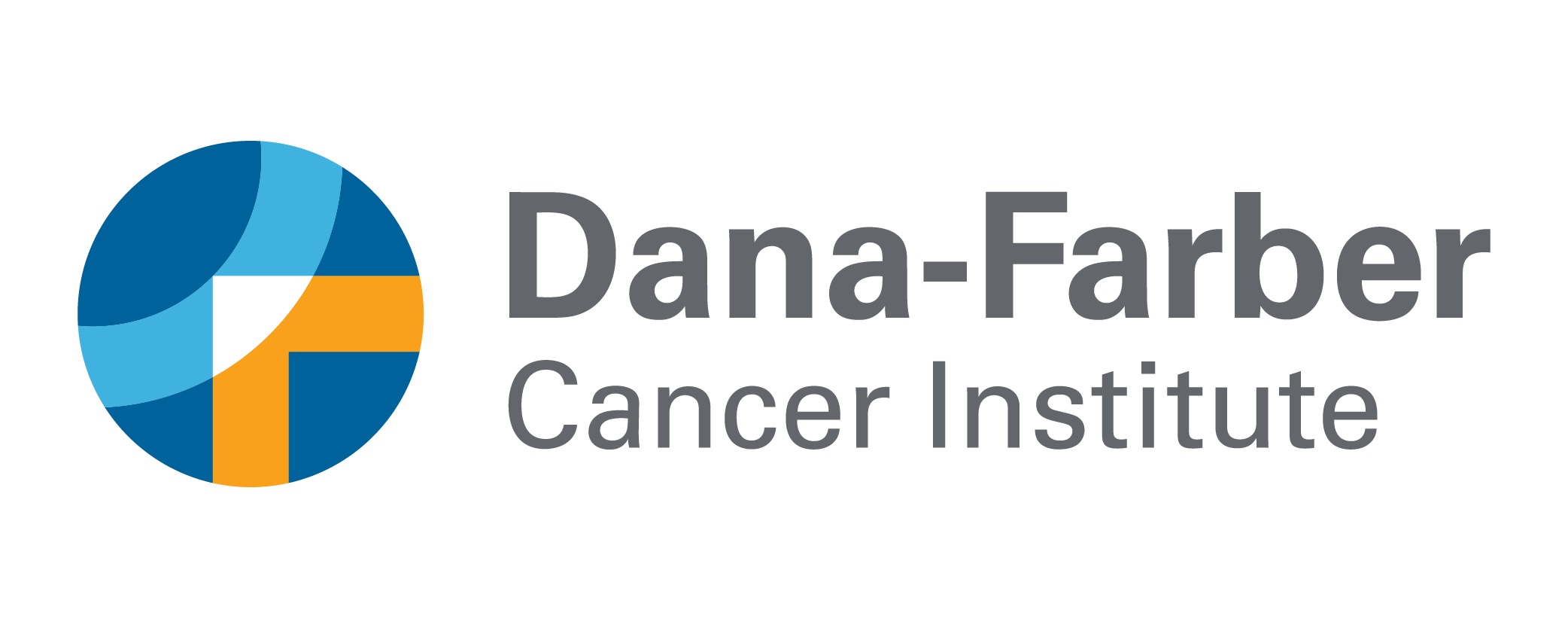Newswise — Boston –Autumn offers a cornucopia of cancer fighting foods and many of them will end up on the dinner table this season. Stacy Kennedy, MPH, RD, CSO, LDN, a senior nutritionist at Dana-Farber Cancer Institute in Boston, says many fruits and vegetables are at their nutritional peak in the fall so it’s a great time to incorporate them into a healthy diet. The key is to know what to look for. Kennedy shares the ABCs of fall foods along with some nutritious and easy to prepare recipes.
1.“A” is for AppleThere may be something to the old adage, “an apple a day keeps the doctor away.” Studies suggest that eating at least one apple a day can help prevent throat, mouth, colon, lung and possibly breast cancer. Besides being crisp, sweet, and juicy, apples contain quercetin a nutrient that protects the cell’s DNA from getting damaged that could lead to the development of cancer. “The key is to eat them raw and with the skin on.” says Kennedy. “That’s where many of the nutrients are found.” She suggests skipping traditional apple pie that’s loaded with sugar and fat. For a healthy alternative, try this apple crisp recipe: http://www.dana-farber.org/Health-Library/Raw-Apple-Crisp.aspx
2.“B” is for berries...cranberries, that isKennedy encourages her patients at Dana-Farber to eat cranberries all year-round. Cranberries contain benzoic acid, which has been shown to inhibit the growth of lung cancer, colon cancer, and some forms of leukemia. She recommends buying bags of fresh cranberries now, while they are in season and at their nutritional peak, and popping them in the freezer for later use. This will help ensure that the berries will provide the highest level of cancer protection whenever they're used. Look beyond sugar-laden cranberry sauce and get a boost from this high-fiber mix: http://www.dana-farber.org/Health-Library/Cranberry-Almond-Cereal-Mix.aspx
3.“C” is for color Just like the leaves on the trees, fall is a time for colorful vegetables like beets, carrots, and parsnips. They add a burst of color and taste. “The brighter and richer the pigment, the higher the level of cancer fighting nutrients,” says Kennedy. Load dinner plates with as much colorful plant-based foods as you can. Kennedy suggests getting to the root of things with this roasted salad: http://www.dana-farber.org/Health-Library/Warm-Roasted-Winter-Vegetable-Salad.aspx
4.“D” is for dark leafy vegetables “Kale is a top choice because it's rich in phytonutrients called indoles, which stimulate liver detoxification and help fight cancer,” says Kennedy. Other members of the cruciferous family include broccoli, cabbage and Brussels sprouts. Kennedy points out that people who have diets rich in these vegetables have been found to have lower incidences of lung, prostate, and stomach cancer. Use the leafy tops off of those colorful beets and try this side dish: http://www.dana-farber.org/Health-Library/Braised-Greens-with-Vinegar-and-Sesame-Seeds.aspx
5. “E” is for everything orange Pumpkins, squash, carrots, and sweet potatoes are all packed with a cancer fighting nutrient called carotenoid. Kennedy says carotenoids have been linked to the prevention of colon, prostate, breast, and lung cancer. Kennedy stresses that pumpkin isn’t just for pies. She suggests eating it year round by adding it to soup, smoothies, pancake batter and even raviolis. Warm up with this tasty soup: http://www.dana-farber.org/Health-Library/Curried-Squash-and-Pear-Soup.aspx Kennedy says no matter what season, the overall key to finding cancer-fighting foods is to look for a lot of color. “Eating a plant-based diet is the best way to help lower your risk of cancer all year long.”
For more information: http://www.dana-farber.org/nutrition Thanksgiving tips on DFCI Blog: http://blog.dana-farber.org/insight/2012/11/let%e2%80%99s-talk-turkey-tips-for-a-healthy-thanksgiving/
Fall Foods Video: http://www.youtube.com/watch?v=Tn_xUwP1XD0
Dana-Farber Cancer Institute (www.dana-farber.org) is a principal teaching affiliate of the Harvard Medical School and is among the leading cancer research and care centers in the United States. It is a founding member of the Dana-Farber/Harvard Cancer Center (DF/HCC), designated a comprehensive cancer center by the National Cancer Institute. It provides adult cancer care with Brigham and Women’s Hospital as Dana-Farber/Brigham and Women’s Cancer Center, and it provides pediatric care with Children’s Hospital Boston as Dana-Farber/Children’s Hospital Cancer Center. Dana-Farber is the top-ranked cancer center in New England, according to U.S. News & World Report, and one of the largest recipients among independent hospitals of National Cancer Institute and National Institutes of Health grant funding. Follow Dana-Farber on Twitter, @danafarber, and Facebook, www.facebook.com/danafarbercancerinstitute.
###

